A NEWBIE'S GUIDE TO DOLLAR-COST AVERAGING
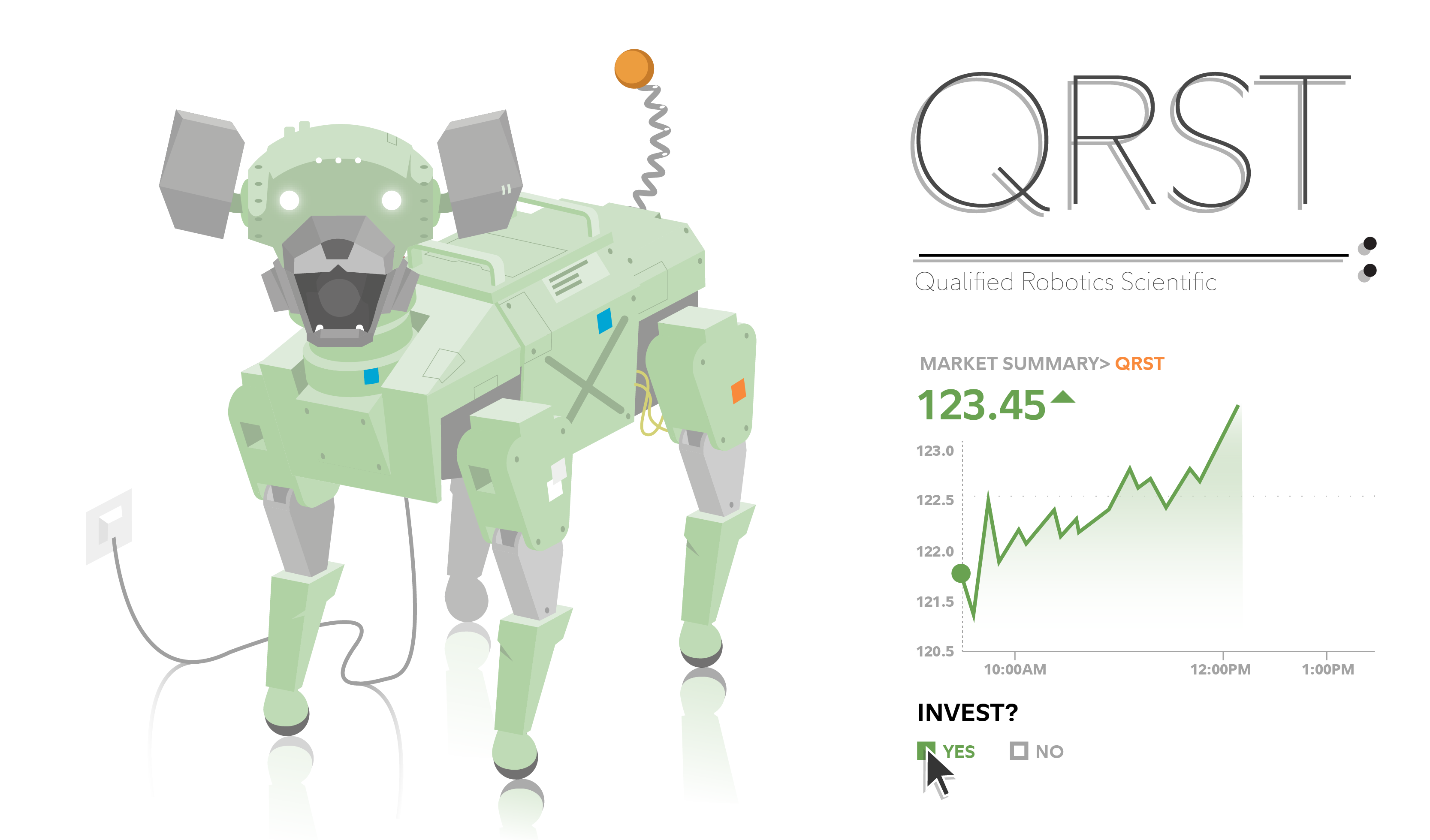
Dollar-cost averaging is when you invest equal dollar amounts at regular intervals—like $25 a month—whether the market or your investment is going up or down. Want to know if this strategy's right for you? It's helpful to understand the math.
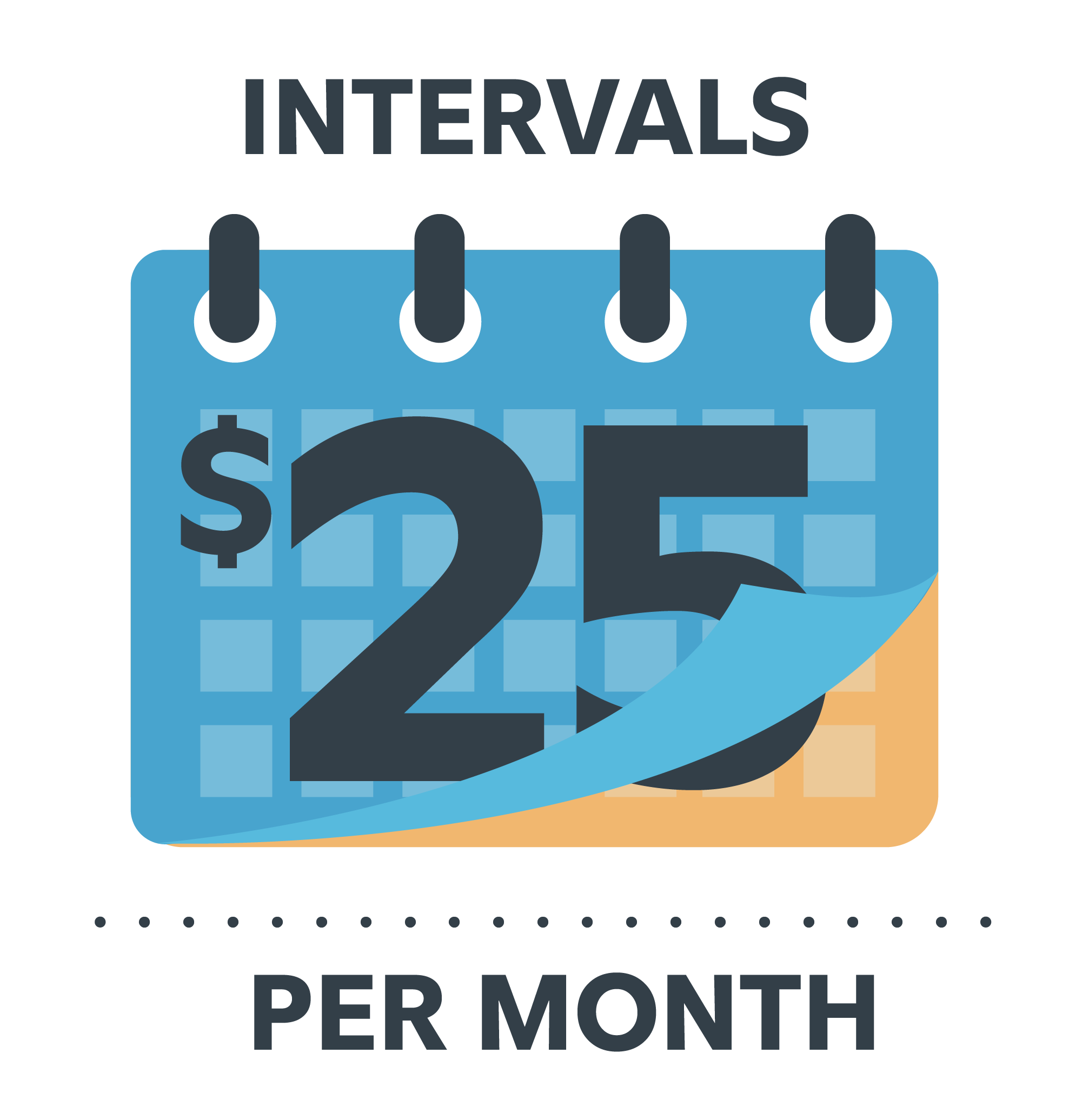
Say you decide to invest using a dollar-cost averaging strategy. And on the 1st of every month, your hypothetical account is set to automatically buy $25 of Qualified Robotics Scientific (QRST). That's not a real stock, but let's pretend it is for this example.
On January 1, QRST trades at $10 per share. So $25 buys 2.5 shares.
On February 1, it's $12.50. So you get 2 shares with $25.
On March 1, the stock dips back to $10. You get another 2.5 shares.
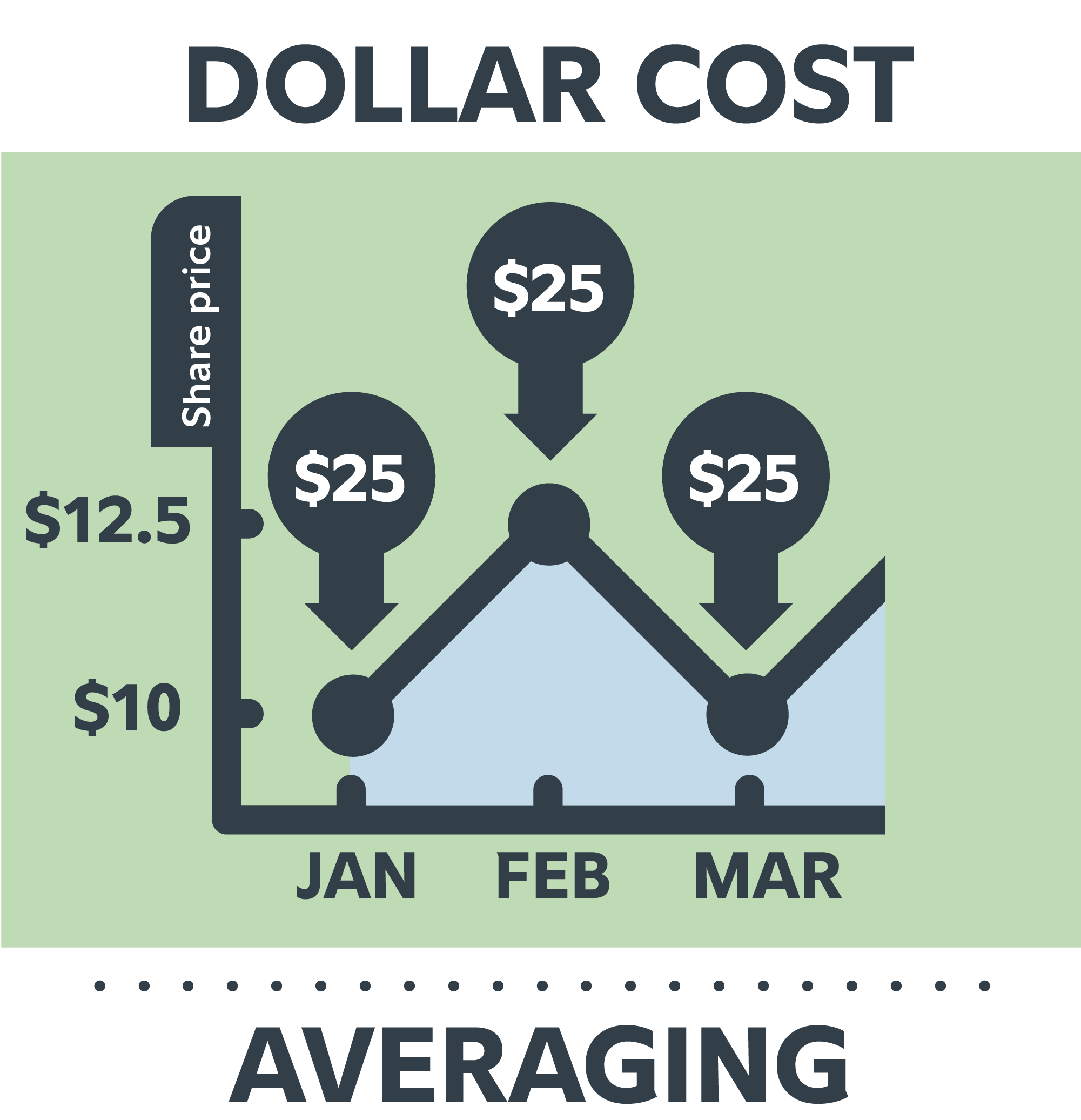
On March 15, the company makes a major announcement: Their new robot dog is here. And this dog can fetch your shoes, grab your keys, and protect your yard—all without any of the feeding and (ahem) mess involved in the having of an actual dog. There's nothing else like it.
By April 1 the stock soars to $50. Bummer. Your $25 only buys ½ of a share now.
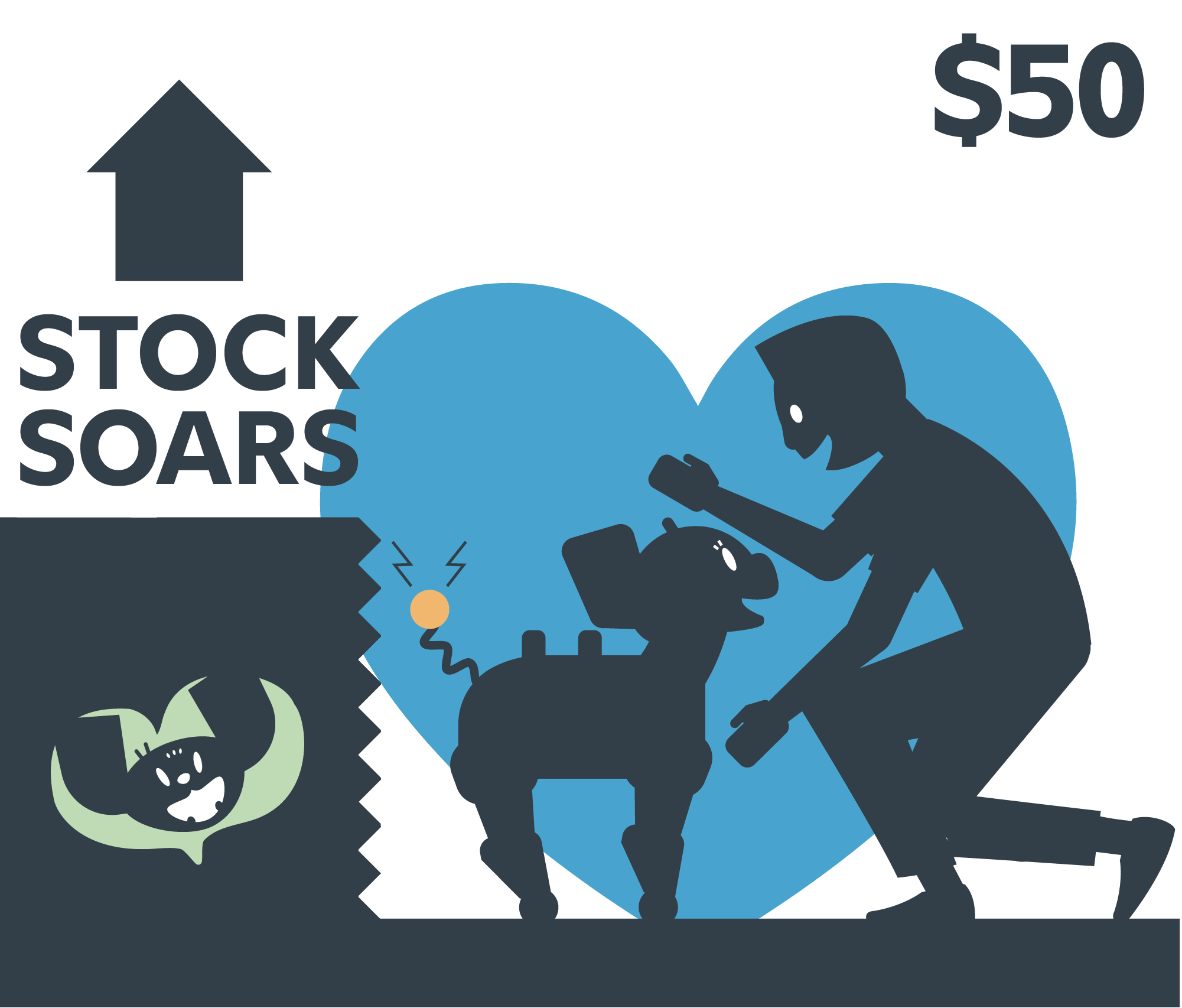
Things go on like this for a few months. Until—ruh roh—a rogue robot dog fetches its owner's foot instead of a shoe. And... the stock tanks to $8. So your September $25 investment buys 3.125 shares.
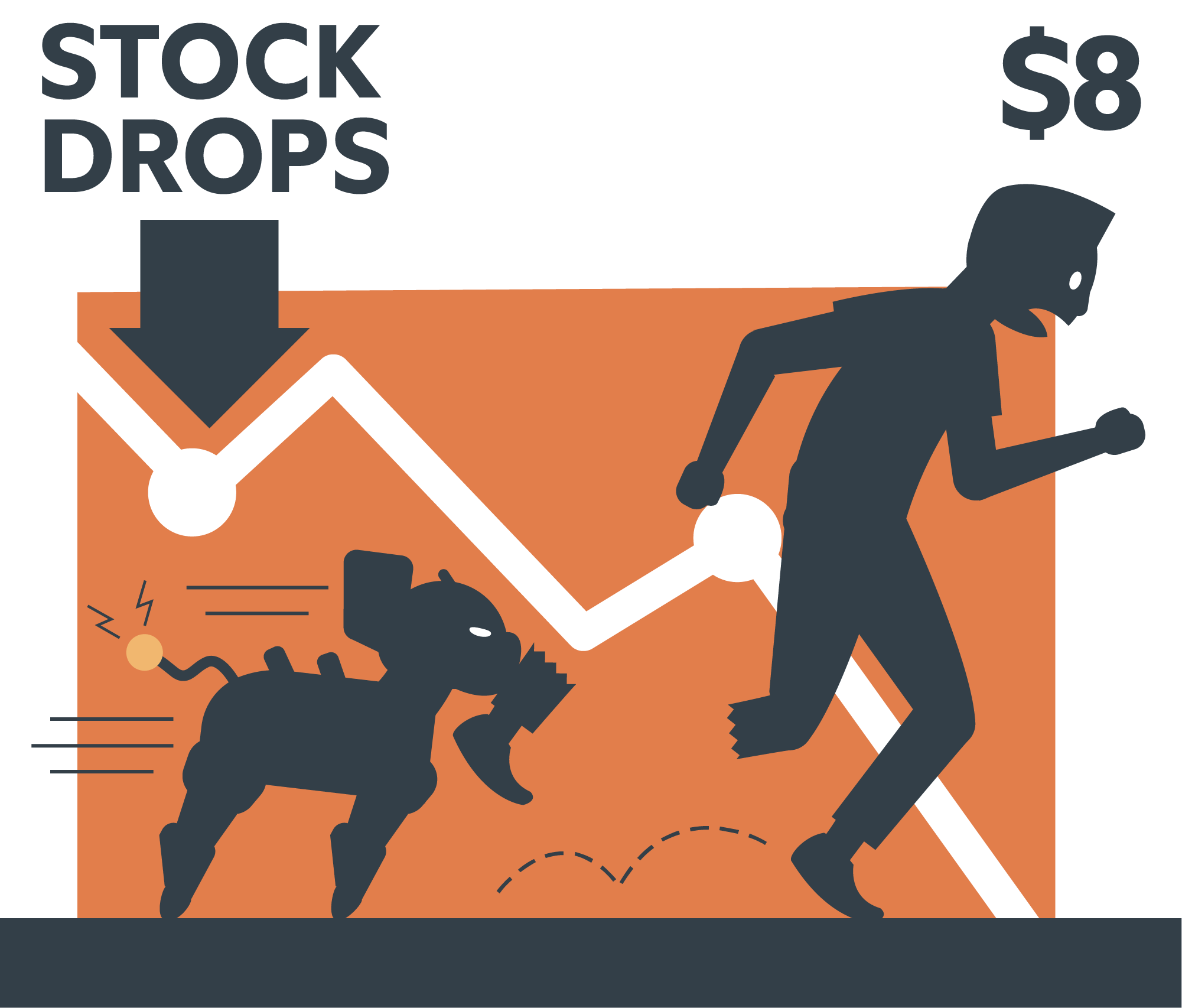
But guess what? Turns out that dog bite story was just a hoax—and the stock went waaaay back up just in time for the holidays. And your monthly $25 was able to buy a bunch more shares in those months where it cost less. So yay you!
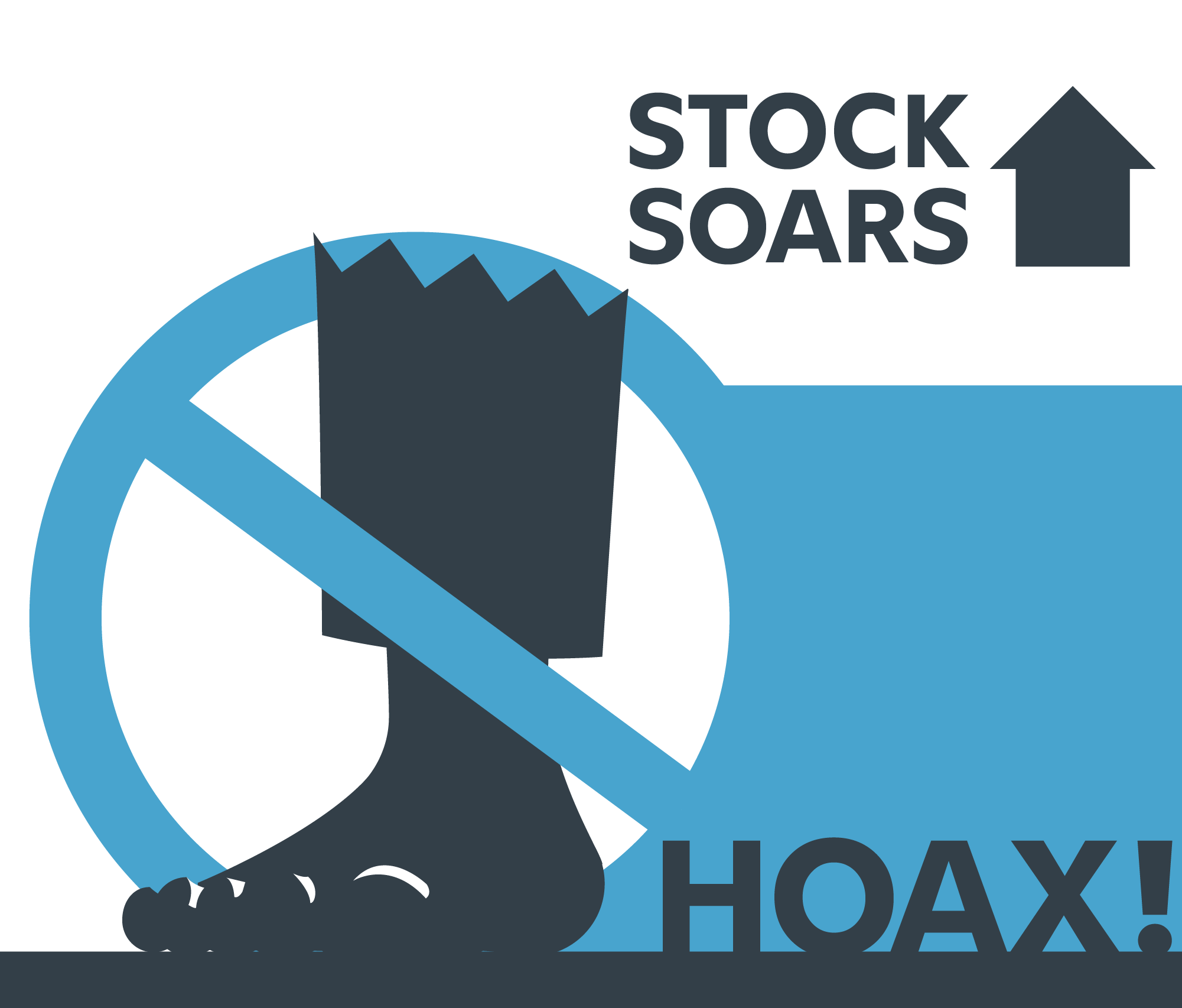
But real stocks can bounce up and down like this. And they do. So sometimes investors use dollar-cost averaging to help navigate the bumpy times. It can also serve as a risk management trading strategy if you end up buying more when the price is relatively lower—and buying less when the price is relatively higher.

Plus, it can help take some of the guesswork and emotion out of investing—which may keep you from panic selling when things dip down or greed buying when things might be too good to be true.
While dollar-cost averaging doesn't ensure a profit or protect against loss in declining markets, it's a strategy that some investors use to make regular contributions without trying to "time the market." As with any investment decision you make, you should determine if dollar-cost averaging makes sense for both the individual investment (also called a position) you're considering this strategy for, as well as for your overall investing objectives.

